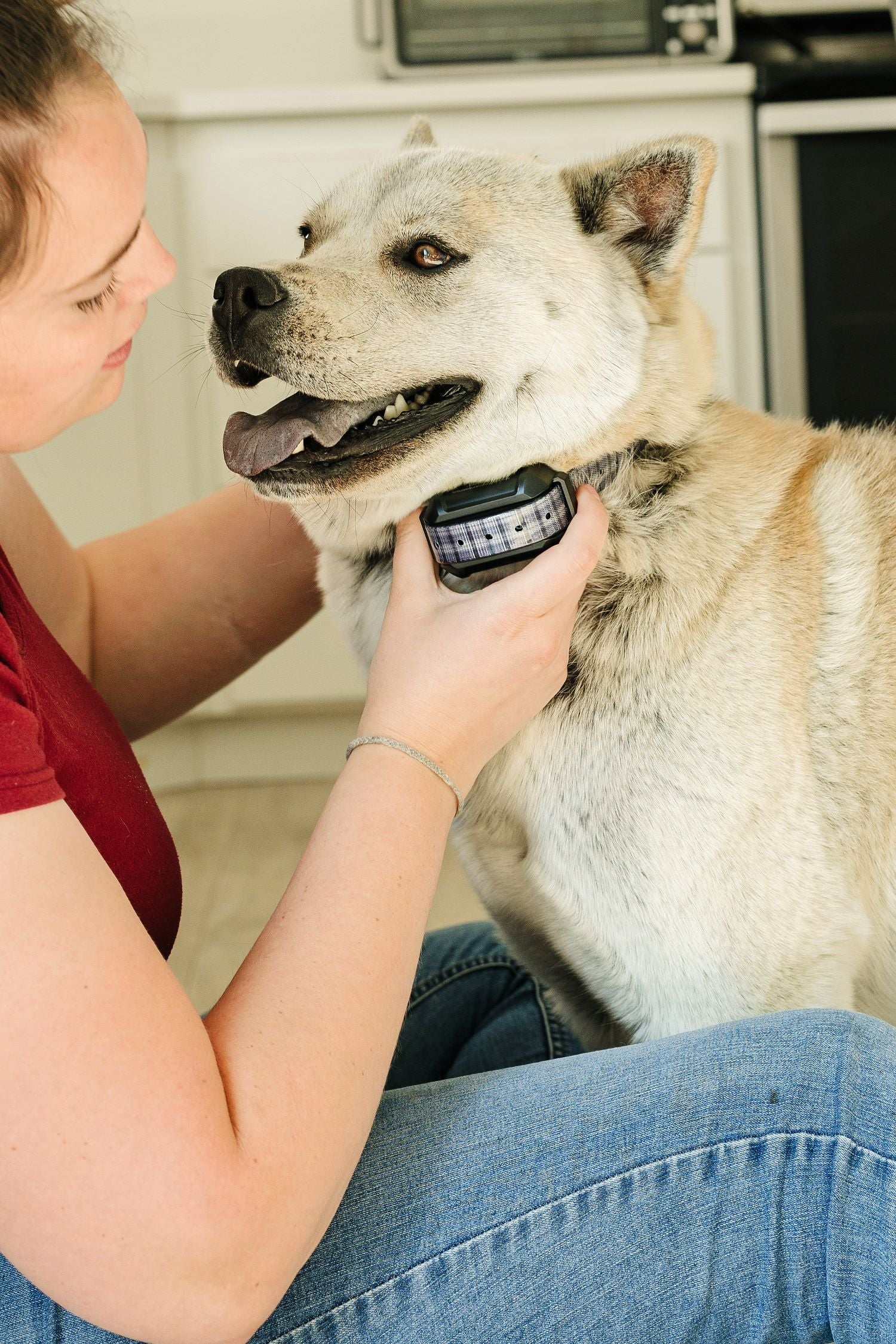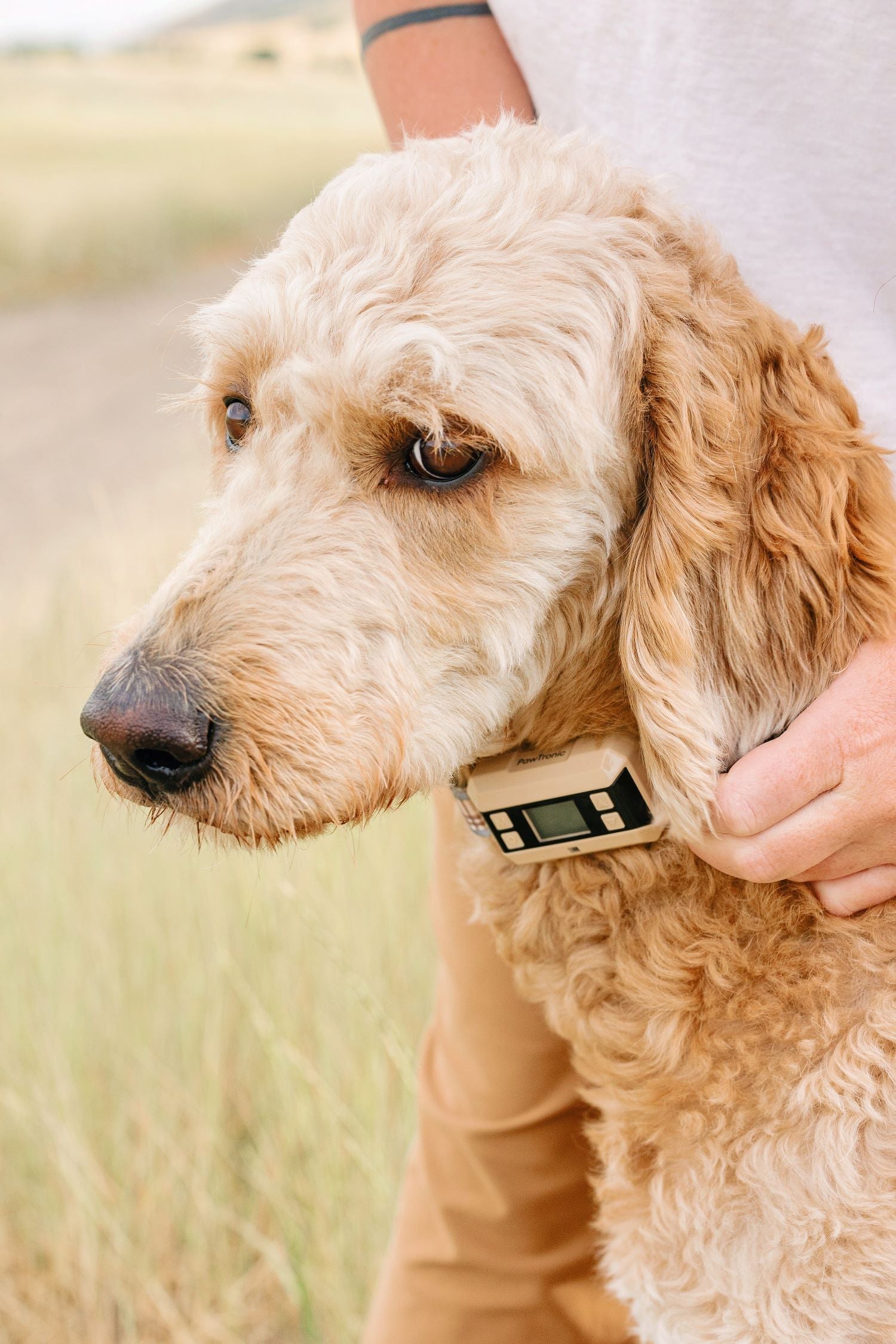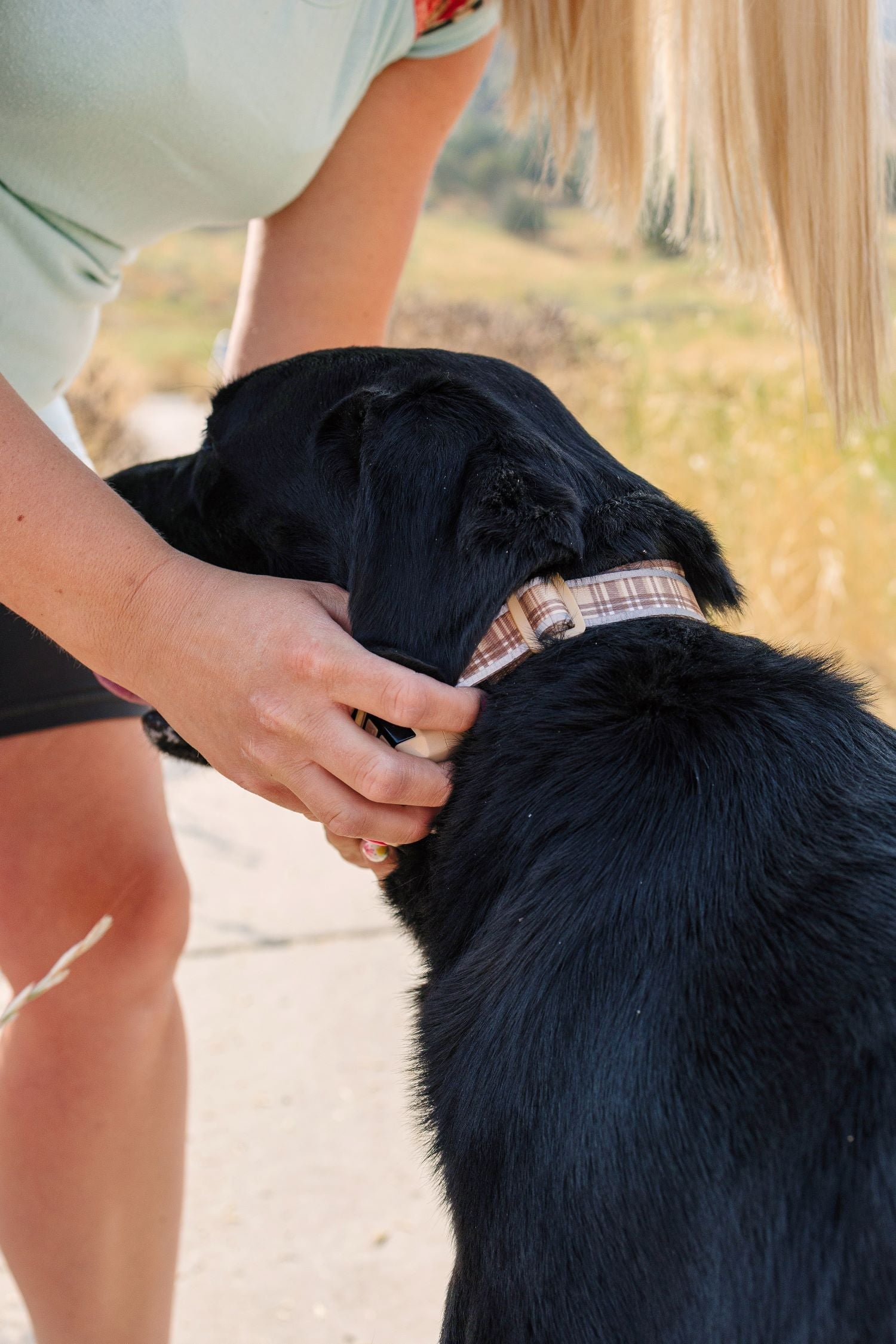Wireless dog fences have become quite popular among pet owners who want to keep their dogs in a certain area without the need for physical barriers. These GPS or radio frequency enabled systems create an invisible enclosure to keep your pet from wandering too far. With that in mind, companies like PawTronic have developed advanced products that have all the features including customizable boundaries and mobile app integration. Yet, as with these systems’ benefits, pet owners must consider legal and ethical implications of these wireless dog fencing systems as well.
The Appeal of Wireless Dog Fences
More and more, wireless dog fences are being chosen as more practical and maneuverable. Traditional fencing can be expensive, labor intensive, and unusable as a total perimeter barrier on large rural properties or properties that are barely modified such as a rental home. A wireless dog fence is a flexible alternative, so pet owners can set boundaries that can be changed when necessary. Furthermore, these systems come with training modes, along with real time tracking for cautions, bolstering safety and control.
For example, the GPS enabled systems of PawTronic offer services like Geofencing which notifies owners when their pet reaches the specified border. These innovations are suited for modern pet owners who understand the role that technology can play in making pet care more simple and easy. The benefits are obvious, but it’s also important to consider the challenges these systems present legally and ethically.
Legal Considerations of Wireless Dog Fences
1. Local Laws and Regulations Compliance
Each jurisdiction has its own set of rules & laws surrounding GPS dog fences, so it's difficult to say whether they're legal or illegal in your area. In certain areas, it may be mandated that even when alternative solutions are available; pets must be contained behind physical barriers. Owners must make sure their wireless system is following animal control laws in the region, so it's best to check with your local government. Failing to do so can lead to fines or action.
2. Dog Owners are Liable for Their Pets
Ownership of the dog could lead to legal liability against its owners if the dog escapes and causes injury or damage. Wireless systems utilize technological accuracy, unlike physical fences that are visible and easier to maintain. Inability of these factors to be effective includes signal interference, battery failure and GPS inaccuracies. To minimize such risks owners need to regularly test and maintain their systems.
3. Wireless Dog Collar Companies Collect Data to Improve Functionality, which may provoke privacy concerns
The Pawtronic wireless dog fences collect data so you can have features such as tracking and monitoring. However, this data helps in enriching the functionality, but there are concerns for privacy. However, pet owners should check the company’s data usage policy to be sure their data is being used in an ethical manner.
Ethical Considerations of Wireless Dog Fences
1. Animal Welfare
People against wireless dog fences usually criticize the effects of wireless dog fences on animal welfare. So, most systems use a combination of sound, vibration, or mild static correction to discourage a pet from crossing boundaries. These corrections are usually safe, but if the system is not used correctly, it can stress or upset some animals.
It is important to provide proper training to make sure dogs learn that boundaries equal positive reinforcement rather than fear. For example, companies like Pawtronic offer user manuals and training guides so that owners know how to use their products according to ethical guidelines. However, the last word still resonates with the owner’s responsibility to put in place a system that first works for the pet.
2. Responsibility of Manufacturers from Ethical Standpoint
It’s an ethical duty of manufacturers of wireless dog fences to put safety and transparency first. This means that their products are designed with safeguard that will not cause harm and with clear instructions on how to use them. However, companies such as Pawtronic focus on user education and customer support, both key elements in supporting ethical user practice.
3. Finding the right balance between Convenience and Responsibility
Wireless dog fences are convenient, but should not be a substitute for active supervision and interaction with pets. Exercise, mental stimulation, and social interaction are necessary for dogs and containment systems do not fulfill these requirements. Keeping that reality in mind, to maintain a fine line there is a clear balance that pet owners have to achieve between leveraging technology and fulfilling their ethical duties as caregivers.
Research and Statistics
Adoption Trends
A report titled 'pet technology market' according to Grand View Research states that in 2022, the global pet technology market was worth $5.5 billion, and as per CAGR (compound annual growth rate), the market will grow at 14.3% from 2023 to 2030. Among this market, the wireless dog fences market represents a substantial and growing segment fueled by increasing pet ownership and advancing technology.
The Effectiveness of Wireless Fencing
A paper published in the journal "Applied Animal Behaviour Science" found that wireless fencing systems, when employed correctly, can be as effective as traditional physical barriers to prevent escapes. The study also stressed the need for proper training and maintaining the system to obtain the best outcome.
Consumer Concerns
According to the American Pet Products Association (APPA) survey, 34 percent of pet owners are concerned that correction based containment systems might be stressing their pets out. This speaks to the responsibility of manufacturers to resolve these concerns through the use of user friendly designs and educational resources.
The Role of Pawtronic in Addressing These Issues
Pawtronic GPS Dog Fence is a prime example of a company that endeavors to strike a balance between innovation and responsibility. Their systems feature:
- Customizable Boundaries: Maximum flexibility is achieved as users can set tailored boundaries according to size and shape of their properties.
- Safe Correction Methods: Mild and adjustable correction levels help to minimize stress on pets.
- Training Resources: There are comprehensive guides and customer support to ensure owners are using the system in an effective and ethical way.
- Data Security: The personal data handling of the user is made in a safe way and the company stresses on privacy.
Pawtronic addresses both practical and ethical considerations around responsible pet care technology.
PawTronic offers wireless dog fences which are a new breed of pet containment technology. Unmatched for both convenience and versatility, they appeal to today’s modern pet owners. These benefits come with their legal and ethical responsibilities, however.
As a result, pet owners must comply with local regulations, think through liability issues if your pets cause damage, and ensure the well being of your pets. At the same time, manufactures are obliged to develop safe, reliable and user‐friendly products. However, through cooperation, both consumers and companies can take advantage of the potential of wireless dog fences, whilst facing and addressing the resulting legal and ethical implications.
Ultimately, technology shouldn't take away, but actually strengthen, the bond between humans and their dogs. When used correctly and sensibly, wireless dog fences can be a great asset to let your pet have some freedom while remaining safe and protected.




Leave a comment
This site is protected by hCaptcha and the hCaptcha Privacy Policy and Terms of Service apply.